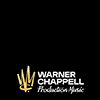Q&A with Robert Dudzic | Cinema Sound Tools
February 18, 2022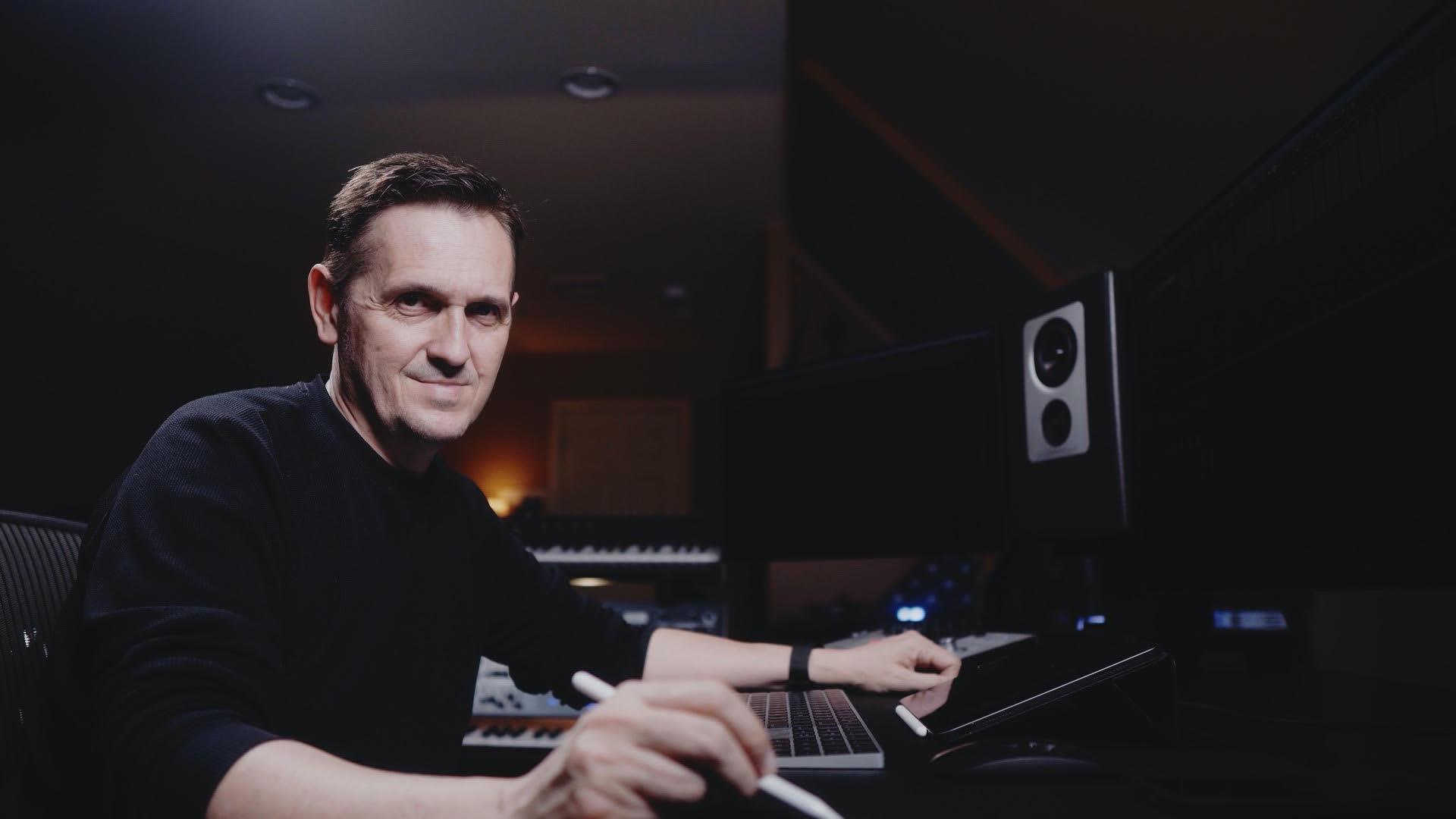
Meet the creative mastermind behind Cinema Sound Tools, Robert Dudzic. With over 15 years of experience in music composition under his belt, Robert is no stranger to sound design. We sat down with Robert recently to catch up on all things sound.
What was your path to becoming a composer of sound design?
I have loved music since the age of five when I was playing drums, but my path to becoming a composer of sound began when I came to America in 1990. I was working in a grocery store when one day I asked myself; “Do I really want to do this for the rest of my life?” and that is how everything started.
I saved my money and bought my first computer to learn about music sequences. I also learned that if I wanted my own sounds, I would need my own recorder. This is how I learned about recording different sounds. Fast forward a few years, I had my first gig doing sound design for a local radio station. I was hired to produce commercials and later was imaging for the entire radio station. This is where I learned radio was an imaginary stage, people can hear but not see what happens. I learned how to create my sounds and production to sound realistic to make listeners believe what they heard. All these years I’ve spent producing imaging and commercials for radio stations has helped me understand the natural workflow from the perspective of the editor.
How did you become passionate about sound design and music for picture?
The passion for sound design and music for picture came from a conversation with Groove Addicts. I was working with them as an established producer and sound designer for many radio stations around the world, from Sydney, Australia to Z100, New York, during which time I was learning a lot about programs and all the audio tools helping me experiment with sounds. I was at the point where I was addicted to any new plugin that was released to the market. At this moment Groove Addicts asked me if I would be interested in developing a cinematic sound library. I loved the challenge and said yes. That was the birth of Cinema Sound Tools.
By then I started watching movies from a different perspective, without dialogue, just the sound and music. I analysed and tried copying the sounds to figure out how the sound was created. I quickly learned that in cinematic sound design LESS IS MORE. Instead of adding more process, I started taking a lot out of my sound. They started to have more punch and sound more natural. Having the chance to work on so many different projects I was able to travel a lot to different locations and hear the world from different perspectives. Today sound has become my passion and I feel very lucky to do what I love to do.
What have you learned from working with film editors and how has that informed your recording and producing process/style?
First, I learned I must be quick and always meet deadlines. Never say no. If editors request something from me, they expect that I will provide a surprise element or two, a new source of inspiration.
A lot of times I will receive a reference track or example of the sounds they are looking for. I know they aren’t looking for anything replicated. The sounds must be fresh and unique. The only way to be original is by recording your own sounds. The next stage is transferring my recording into big cinematic sound. I’m doing this all in Steinberg Cubase.
That is where all the magic happens.
First, I edit all the files. I always take multiple takes for alternative mixes or just to stack the sound on top of each other. Second, I don’t use noise reduction for one reason, by cleaning the sound I take away the original character of the sound and the final project starts sounding like it was recorded on the foley stage and sounds too perfect. I don’t want my sounds to be perfect; Perfect is boring. I want my sounds to have the most natural feel, to be organic. I want the viewer to believe in what they see and what they hear. I don’t want people feeling strange or that something is wrong.
Third, when it comes to editing, I start adding additional elements from different recording sessions. For example, I will use a sample of kick drum, or some synth sounds to make the sound bigger and more powerful. Last, the final stage of my process is Mixing. This is the moment when I start controlling the level of frequencies and finding the right balance between stacking sounds that will work and sound the best in the end.
I never add a lot of compression or EQ to polish the sound and slam to the top with limiter. I prefer to leave room for editors to know my sounds are not the only elements in the trailer or promo. The key is finding the right balance to blend my sounds into the natural flow of the visual project. If the editor or director makes the decision to make something louder they will have room to do that without any distortion.
In 2021 you released 4 new Cinema Sound Tools albums. What drove you to create these 4 in particular?
In the last few years I have been lucky to work with big companies developing sample libraries for composers. In addition, I did sound design and music composition for numerous movie trailers. For all these projects I spent a lot of time recording different objects, building my own instruments and just spending days in the studio playing with synths creating weird stuff. I’m talking about over 1Tb of sounds. That’s why I felt the timing was right to release and share my work.
Each of the 4 new releases has almost 300 brand new elements from inspirational work parts, hits, transitions and whooshes to scary horrific sounds. These new releases provide creators with all the tools they will need to create TV promo or trailers from beginning to end, giving you the big Hollywood sound you want to hear in trailers.
What are some of the more peculiar instruments or sounds on these albums?
The most interesting of instruments I’ve worked with would be one I built from random things I found at garage sales or the flea market. One time I found an old cello but there was one problem, the tuning keys were worn out so there was no way for me to tune it. I came up with the idea of replacing the traditional wooden keys with bass guitar solid steel keys. Once I did that, the sky was the limit. I could tune the cello in any key I wanted. I could use any type of strings I wanted, fishing wire, electric wire, or rubber, anything I could imagine.
I never learned how to play the cello, so I taught myself how to play. I used a bow, metal rods, cooling fan or an electric razer to generate sound. I recorded a lot of sounds and converted them into a format I was able to use in my sampler. Next in line will be Native Instruments KONTAKT where I import all my recordings and turn them into musical or sound design patches. You can see the entire process in many videos I post on my YouTube channel or Instagram.
What are some of the cues on these albums you are most proud of?
This is the hardest question. Each of the cues on new releases has an individual story of how I recorded it and what inspired me to create an individual sound design. I love Fear but at the same time, I love Trailer Hits for the power and diversity. Industrial has a lot of behind-the-scenes stories of me spending Days at the Junkyard recording tons of material. Mechanical Trailer FX has a lot of hours spent in an antique museum recording many vintage gears. I love every single cue on the latest and previous Cinema Sound Tools releases.
They all have their own unique stories.
You can hear more from Robert on Cinema Sound Tools. Check out the latest releases below.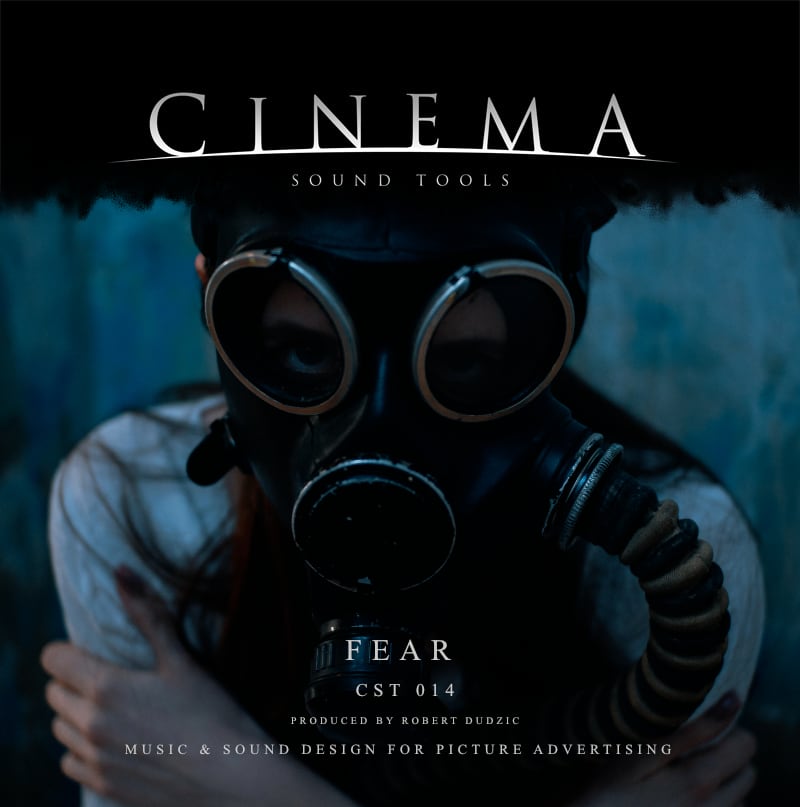
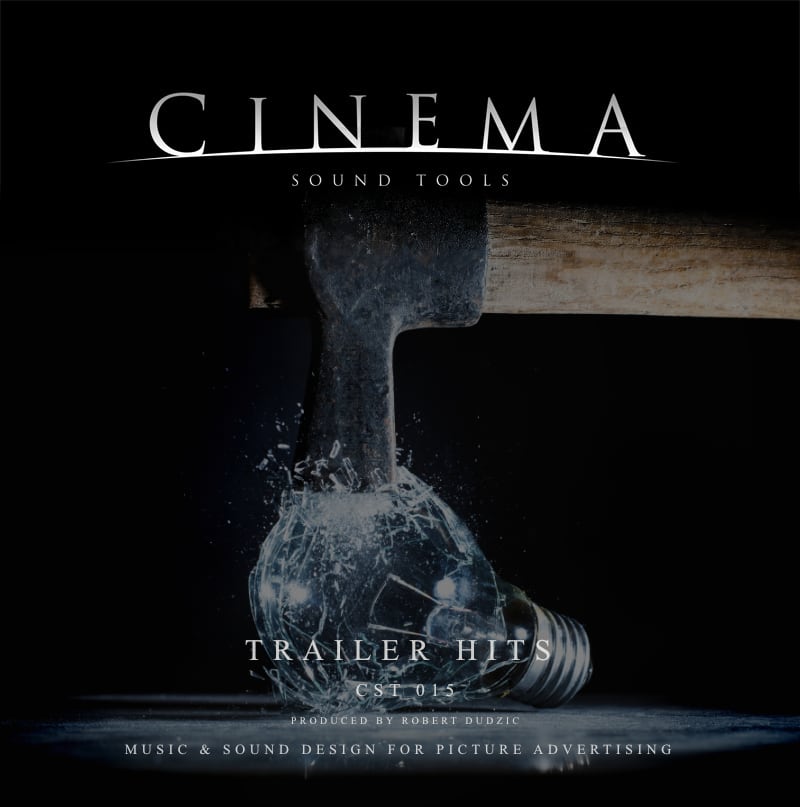
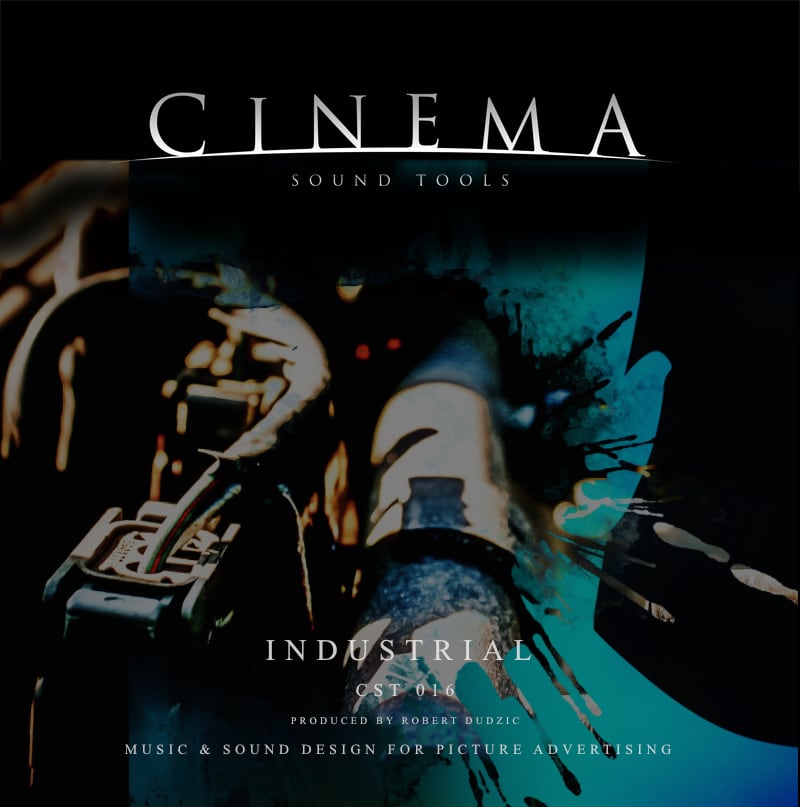
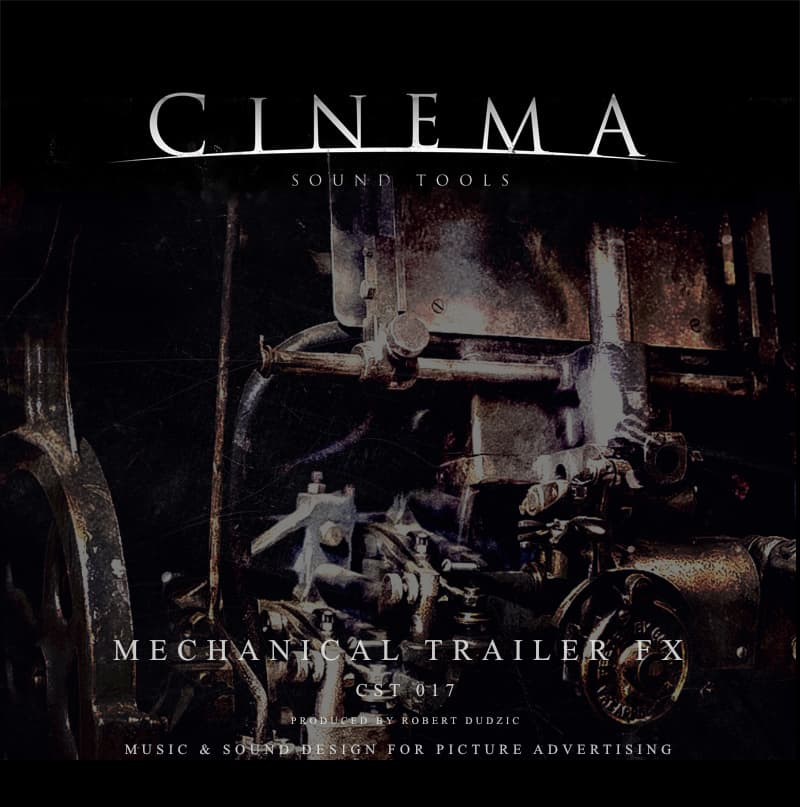
 2011-2025 Warner Chappell Production Music United Kingdom. All Rights Reserved.
2011-2025 Warner Chappell Production Music United Kingdom. All Rights Reserved. 